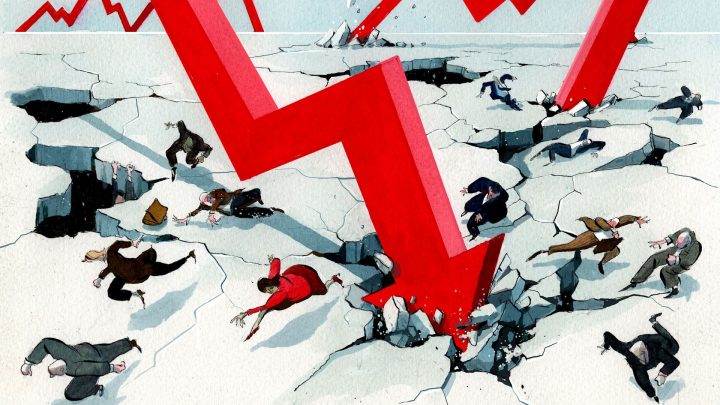Why did nobody see it coming? When the late Queen asked this question about the crash of 2008, on a visit to a London business school, no one had a clear answer. Why, in a financial world crawling with regulators, did no one spot that subprime mortgages were toxic, on the brink of falling apart? The simple answer is that we got too comfortable. We assumed that times had changed and dropped our guard.
It looks as if we’ve dropped our guard again. On the way out of the financial crash, we seem to have simply and blindly assumed another set of false beliefs: that ultra-low interest rates, designed to help tackle recession, were here to stay. Entire business models were built on this premise. But then inflation returned – and interest rates shot up. And now we begin to discover just how many banks, pension funds and other companies have bet the house on the idea that rates would never really rise again.
Despite being the 16th largest bank in America, Silicon Valley Bank was exempted from many stress-testing regulation that others were compelled to follow. It did its best to show it was one of the good guys: last year, it publicly committed $5 billion in ‘sustainable finance and carbon neutral operations to support a healthier planet’. But how sustainable were the bank’s own finances? It turns out its business model was hugely sensitive to interest rate hikes. It had tied up its money in government bonds, which lower in value as rates rise. SVB did have some insurance against this risk – yet despite rates rising, decided to drop it last year.
What other landmines have years of distorted economic activity and record peacetime spending planted?
Compounding the problem was that SVB’s client base included a lot of tech companies, which are themselves more vulnerable to rate rises because so much of their value is based on the promise of profit in the future.








Comments
Join the debate for just £1 a month
Be part of the conversation with other Spectator readers by getting your first three months for £3.
UNLOCK ACCESS Just £1 a monthAlready a subscriber? Log in